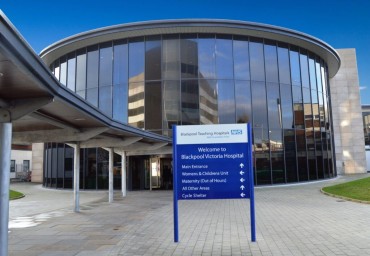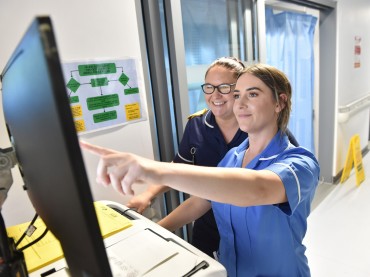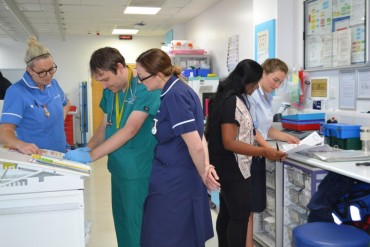The Emergency Department can be put under extreme pressure throughout the year and to help the department cope with peaks of work it is important that people are aware of how to use the department properly.
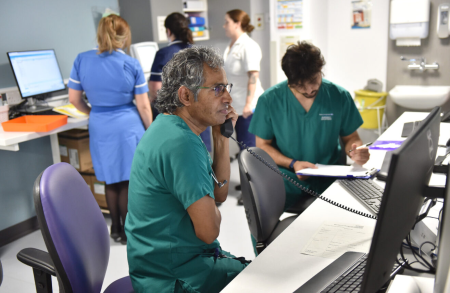
The department will respond immediately to those people who are acutely ill, or have life or limb threatening problems. Examples of an emergency situation include a suspected heart attack, severe chest pain, unconsciousness, heavy blood loss, suspected broken bones, deep wounds, severe breathing difficulties or a head injury.
For minor injury X-ray access you will be directed to the urgent treatment centre. If you have a minor, non-life-threatening or limb threatening injury or illness, it may be more appropriate to visit the walk-in centre or your GP. The NHS 111 service has a handy symptom checker and advisors can also direct you to of the best service for your symptoms and if necessary, book you a timeslot with a GP, saving you a wait.
You can also find further information of when to go to A&E here.
Patients who visit the Emergency Department are assessed by order of priority so if you have a problem that does not require urgent attention, you may be allocated a low priority and may wait some time to be seen.
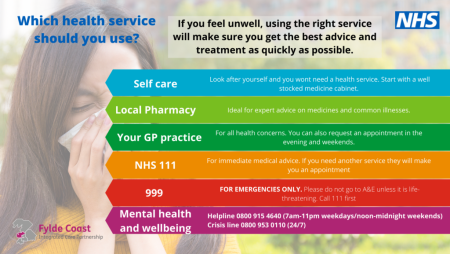
When you arrive at the Emergency Department, you will be registered by a team of receptionists and assessed by a triage nurse who will determine the nature of your illness or injury. Some patients must then wait to see a doctor or emergency nurse practitioner, advanced nurse practitioner, others may require an X-ray and some may be given medication to relieve any pain. Whatever your condition, our Emergency Department staff have the experience to deal with it, and will keep you fully informed of what is happening.

